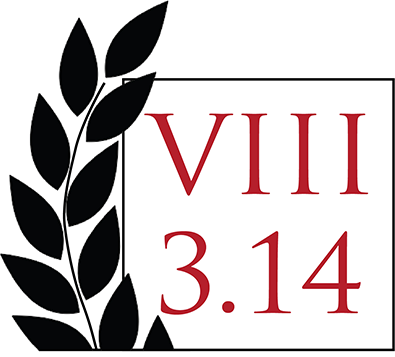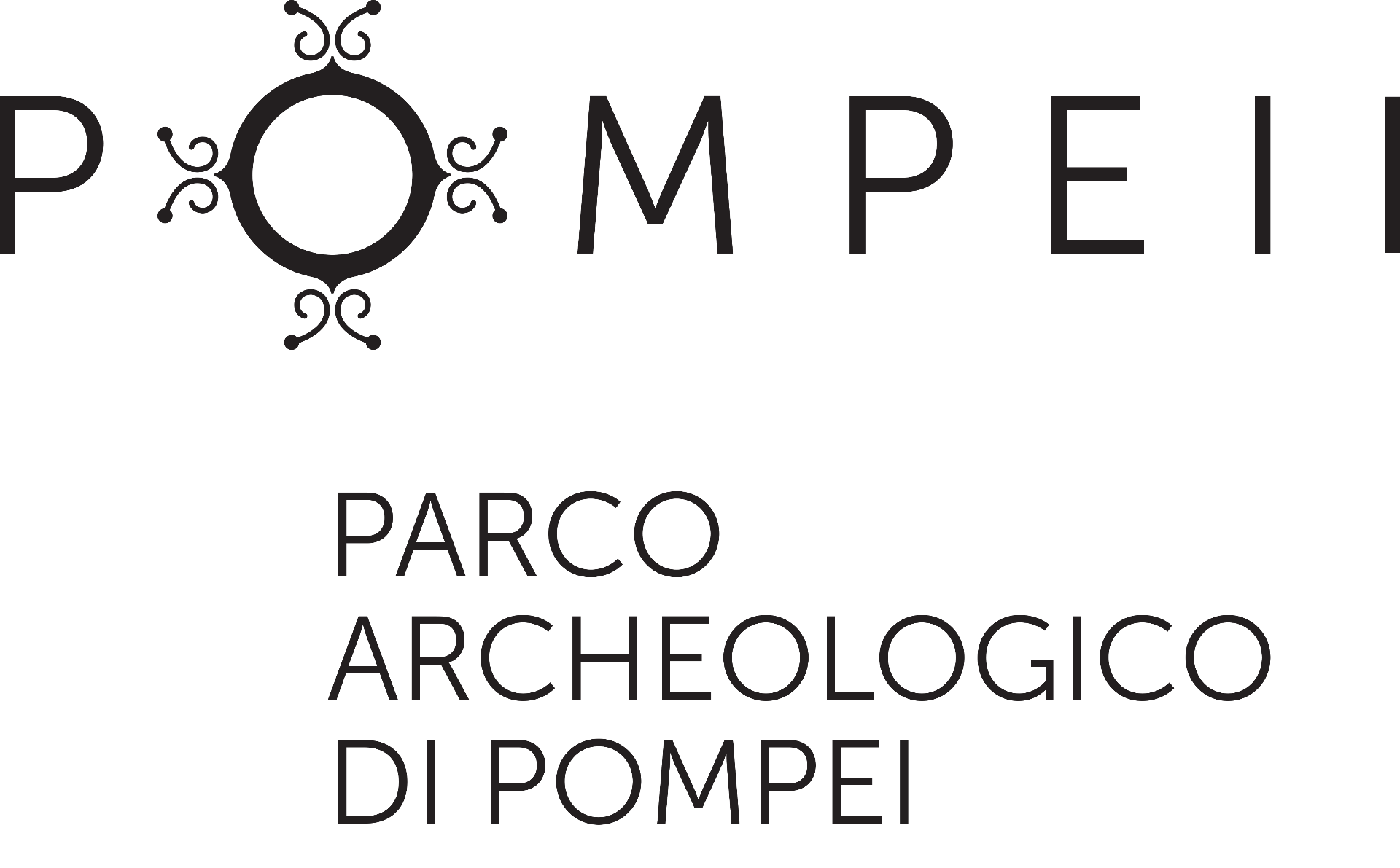
The first excavations of the Casa della Regina Carolina took place in the early 19th century under the Bourbon rulers of Naples, from one of whom – Queen Caroline – the house derives its modern name. A number of 19th-century publications discuss these campaigns and their major finds (Schulz 1841: 120-121; Dyer 1870: 314-317; Fiorelli 1875: 326; see further bibliography in Bassani 2008: 229). However, the early excavators were interested in Pompeian households less as sources for social history than as sources of buried treasure – statues, paintings, or mosaics that appealed to contemporary constructions of “high art.” The excavations did not follow the modern principles of stratigraphic archaeology and saw only minimal recording. Accordingly, much information about the final use-phase of the house has been irretrievably lost – with the exception of the garden area, where the early excavators did not dig into the soil beneath the volcanic deposits.
The house initially attracted significant scholarly attention for its extensive wall paintings, but without adequate conservation, these faded away within decades of excavation. After the wall paintings faded, the Casa della Regina Carolina largely disappeared from scholarly notice. Little detailed discussion of the house as a whole has appeared since the 19th century. Subsequent publications are largely limited to a few brief mentions in specialist studies: e.g., on the garden shrines (e.g., Boyce 1937: 75, nos. 350, 351; Bassani 2008: 228-229; Giacobello 2008: 282), the garden (Jashemski 1993: 211), and the work areas (Kastenmeier 2007: 147). The most recent synthetic discussion of the house appears in Pompei: Pitture e mosaici, but focuses primarily on the architecture and wall paintings rather than the house contents (Bragantini 1998).





